First-generation locomotives
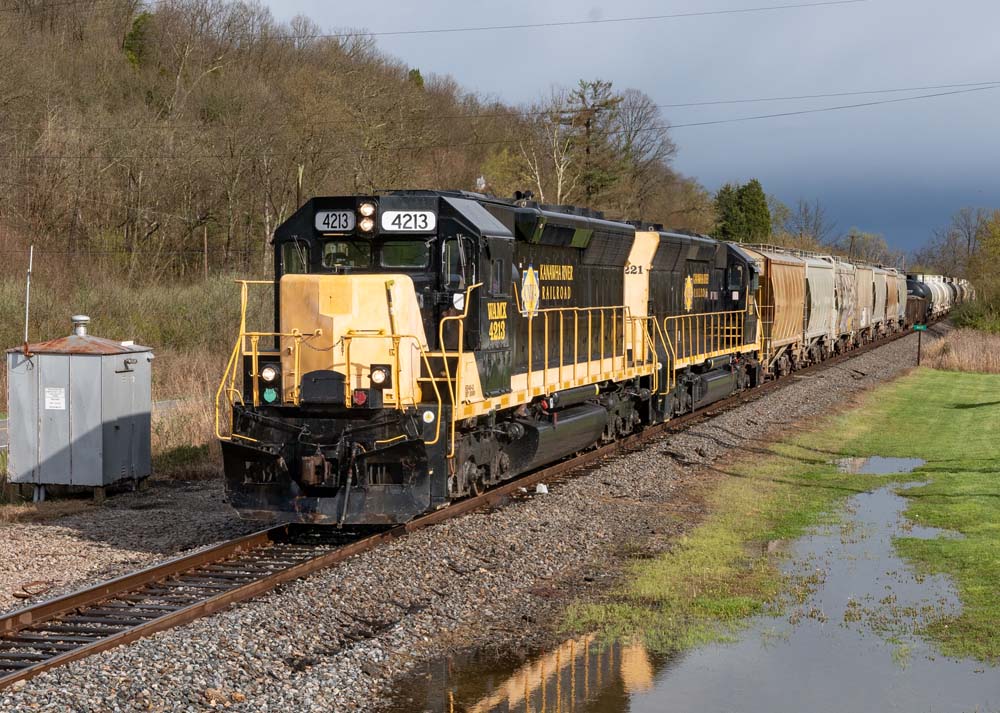
First-generation locomotives: The North American locomotive industry is currently into a deep rebuild cycle to keep their rosters reliable and fresh. The high cost and complexity of new locomotives coupled with excess power on Class I rosters have prompted a wave of rebuilding older locomotives rather than purchasing new power.
While more simple overhauls are common during a locomotives lifespan, replacing such things as prime movers and traction motors with rebuilt replacements, more complex rebuilding known as a capital overhaul strips a locomotive essentially down to the frame to rebuild and upgrade almost everything from electrical systems to cabs to rotating equipment. Tax rules in the late 1960s and 1970s kicked off the first wave of capital overhaul programs at many railroads, with some of their products still on the road today earning their keep across the country. These programs were designed to essentially double the lifespan of many first-generation locomotives adding an expected 10 to 15 additional years of service to them. But their durability and/or subsequent rebuilding again decades later kept many in revenue service longer than ever imagined.
Many shops like Illinois Central’s in Paducah, Ky., and Southern Pacific’s in Sacramento, Calif., churned out hundreds of locomotives over the years, breathing new life into tired first-generation equipment. Some railroads like Illinois Central even bought additional worn-out locomotives to use as cores to rebuild and add to their fleet, or would rebuild locomotives under contract for other railroads alongside their own in-house programs. Many other railroads followed suit, with capital rebuild programs of various sizes taking place over the years until roughly the mid to late 1990s. Shop closures, staff reductions, and the need for brand new larger, more powerful locomotives have relegated these types of programs to fewer shops over the last several decades.
As the decades have passed, less and less of these first-generation locomotives from capital overhaul programs a half century ago remain in revenue service and even fewer have been preserved at museums across the country. The next time you see an older diesel, a bit of Internet research may uncover that it’s one of the capital rebuild locomotives that have paid for themselves many times over.
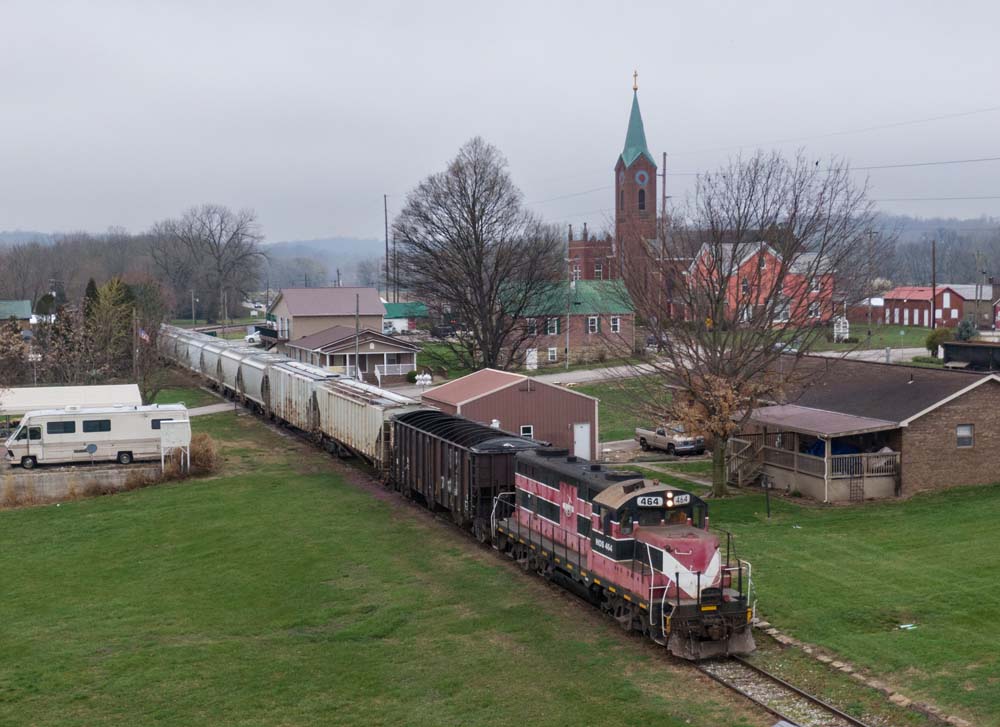
Updated headline on 5-19-24 for accuracy.






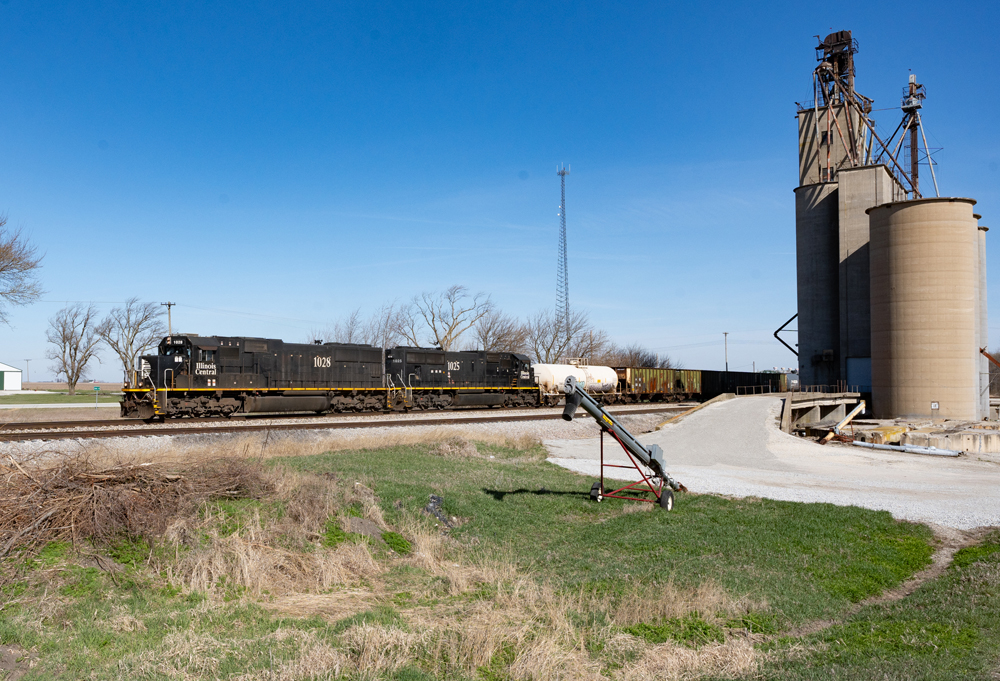
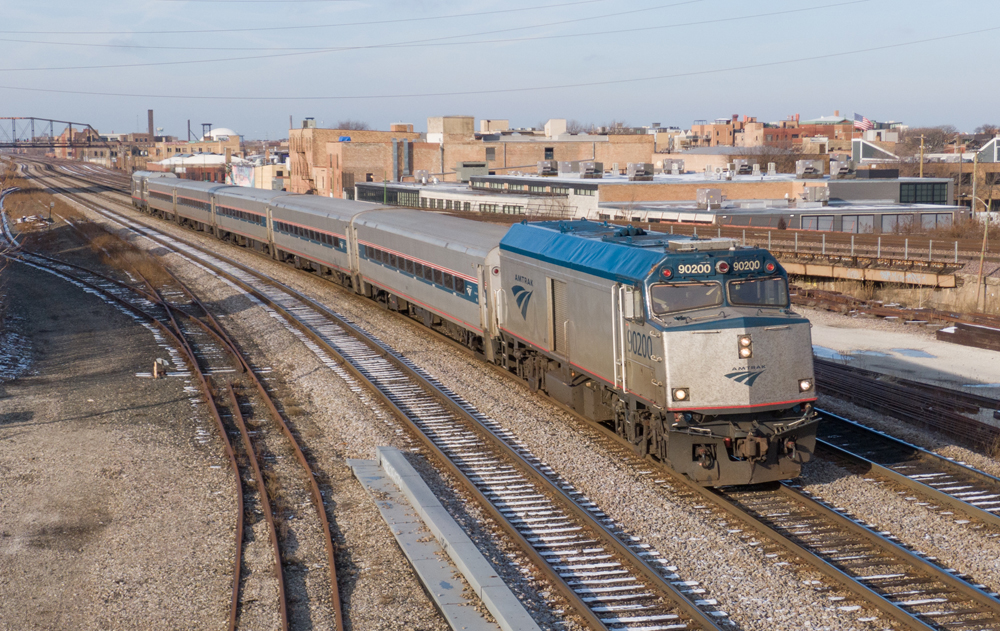
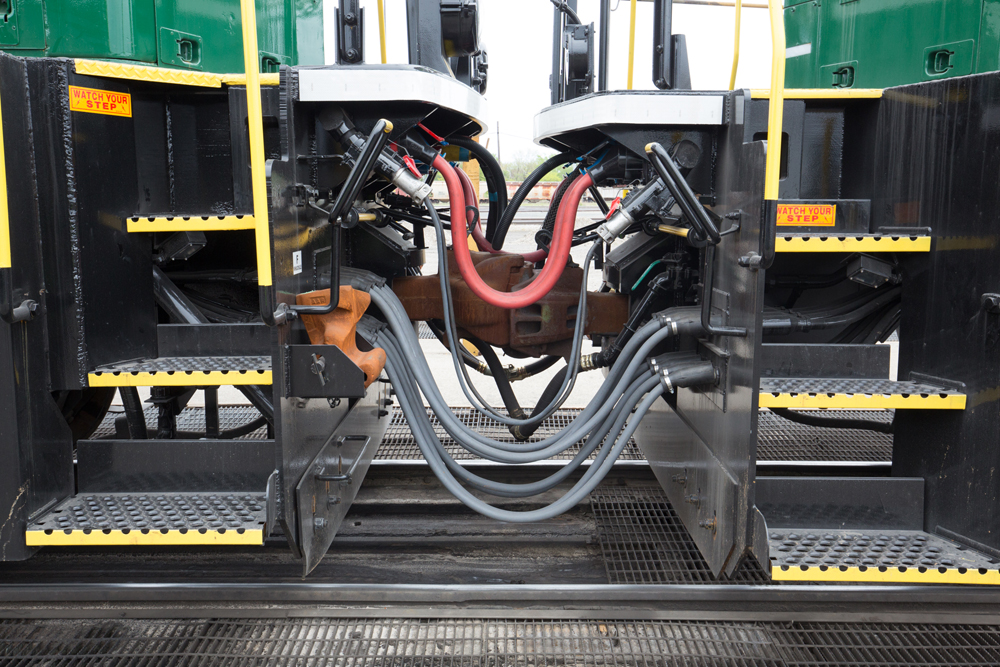
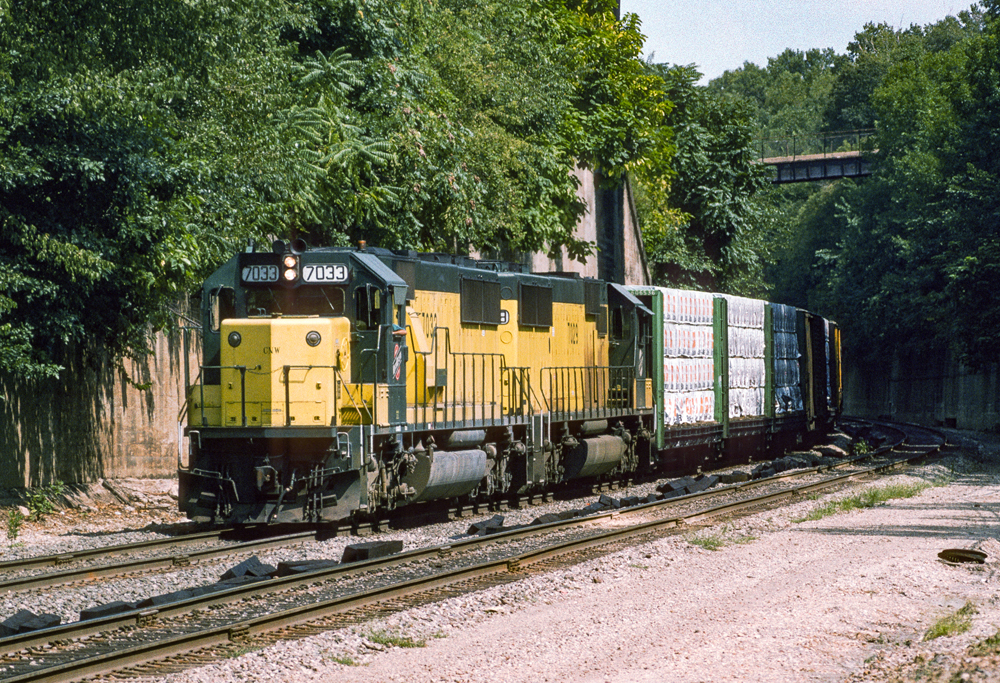




Good to see locomotives from my childhood still soldiering on!